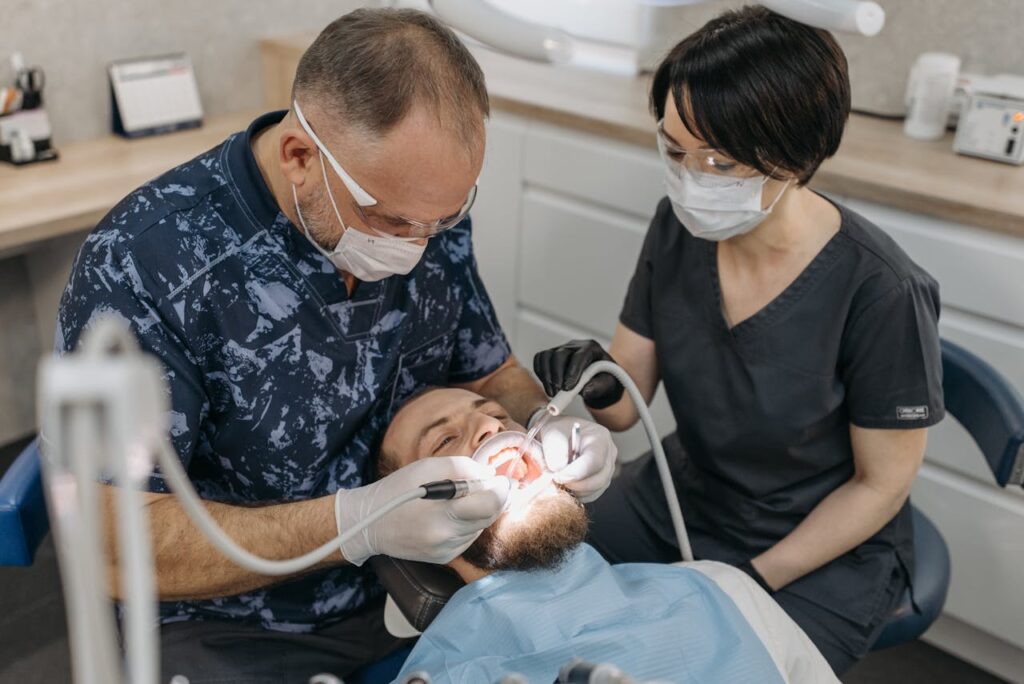Educational studies in dentistry and healthcare have increasingly highlighted the intricate relationship between oral health and overall systemic health. The term “oral-systemic link” refers to the evidence showing that conditions in the mouth can significantly affect other parts of the body. Issues such as gum disease, tooth decay, and chronic oral infections are no longer seen as isolated problems but as potential contributors to cardiovascular disease, diabetes, respiratory infections, and even complications during pregnancy. By exploring these links, research emphasizes that oral health should be viewed as an essential component of general health.
The Role of Education in Raising Awareness

Educational studies play a crucial role in spreading awareness about these connections among students, professionals, and the public. In dental schools, curricula now focus on teaching future dentists how systemic illnesses can be influenced by oral conditions, equipping them to provide more comprehensive care. Public health education campaigns also highlight the importance of brushing, flossing, and routine dental visits—not only for a healthy smile but for reducing risks of more serious health conditions. These studies bridge the knowledge gap, helping people understand that oral hygiene habits directly influence long-term well-being.
Research on Chronic Diseases and Oral Health
A large portion of educational studies focuses on how chronic diseases are linked to oral health. For example, research has shown that people with periodontal disease are more likely to develop heart problems, as bacteria from the mouth can enter the bloodstream and contribute to arterial plaque formation. Similarly, diabetes and gum disease have a two-way relationship—poor oral health can worsen blood sugar control, while uncontrolled diabetes increases the risk of severe gum infections. These findings underline the importance of collaborative care between dentists and physicians, ensuring patients receive treatment that addresses both oral and systemic conditions.
Educational Interventions and Preventive Strategies
Another key theme in educational studies is the development of preventive strategies through targeted learning. Schools and universities are incorporating oral-systemic link education into health sciences, ensuring future doctors, nurses, and dentists approach patient care holistically. Preventive strategies include integrating dental screenings into general medical checkups, promoting healthier diets, and reducing smoking—all of which improve both oral and systemic health. By focusing on education-driven interventions, healthcare systems can reduce long-term costs and improve patient outcomes, creating a more sustainable approach to wellness.
Shaping the Future of Healthcare Integration
Educational studies on oral-systemic links are shaping the future of healthcare by encouraging more integrated practices. Rather than treating oral and general health separately, there is growing emphasis on collaboration across disciplines. This integration allows for early detection of diseases, better management of chronic conditions, and a stronger focus on prevention. The future points toward healthcare models where oral health professionals work hand-in-hand with medical practitioners to provide comprehensive care. By continuing to expand educational efforts, society can move closer to understanding and embracing the true impact of oral-systemic links on overall quality of life.

